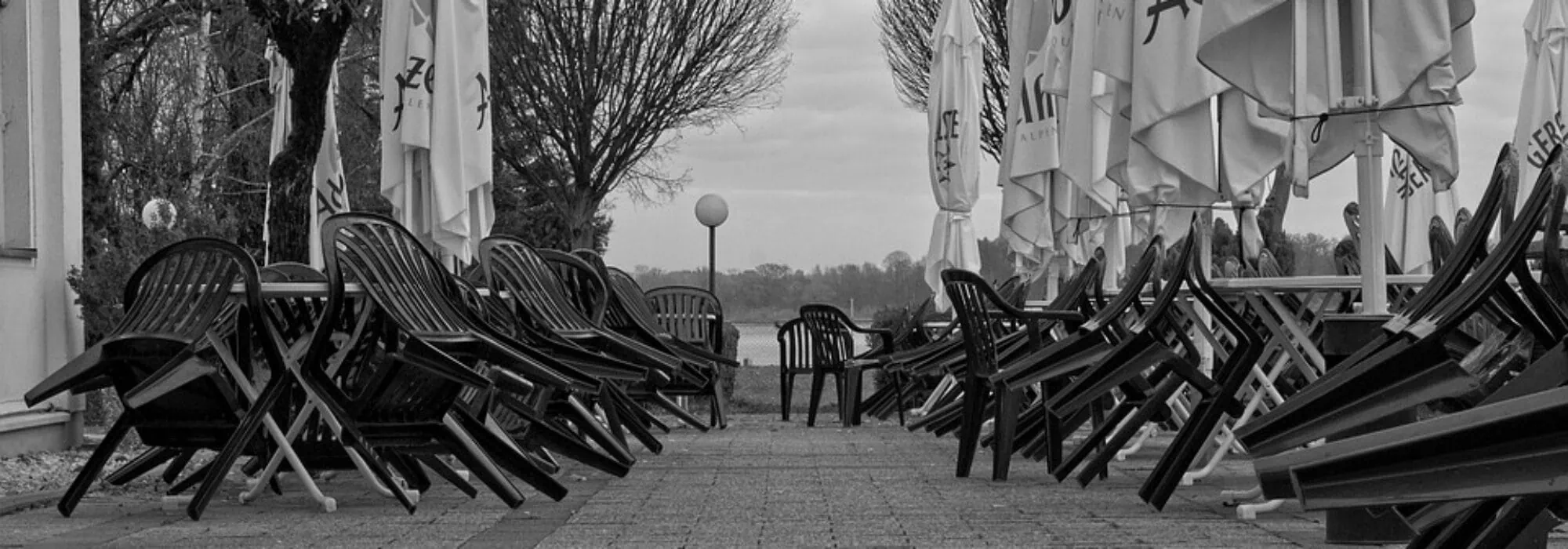
The current corona pandemic has a huge impact on our society and the economy. The Dutch economy shrank with 8.5% in the second quarter of 2020, while the IMF has predicted that the overall world economy will shrink by 4.9% this year. Although the vaccination program is slowly picking up steam, the pandemic is far from over. The inherent uncertainty of the coronavirus continues to plague policy makers and economic forecasters alike.
Many industrial sectors are affected, but some are hit harder than others. The retail sector in particular has seen an major disruption. Shopping streets that were previously bustling with people, were almost completely empty during the first lockdown. The absence of shoppers effectively brought down the potential revenue of physical shopping to zero.
Decrease in footfall largest in central shopping districts in large cities
In collaboration with retail research bureau RMC, I investigated the impact of the corona crisis on the retail sector by examining reductions in number of shoppers during the first lockdown by employing innovative footfall data derived from Wi-Fi sensors which count number of shoppers. In my thesis I show that the decrease in footfall was largest in central shopping districts in large cities like Amsterdam and Rotterdam while smaller shopping centres like home furnishing malls and supermarket centres were affected much less. In addition, I could show that footfall is more important in determining retail rents in larger cities than for smaller cities. This indicates that the economic benefit of footfall is higher in large cities than in smaller cities.
Combining these insight, my thesis concludes that especially large shopping districts in big cities are hit hardest by the corona crisis. In these shopping districts the decrease in footfall was the largest and, at the same time, the benefits of shopping footfall is the highest. My results suggest that retail revenue is expected to decrease by around 14%. However, the actual impact of corona on the retail sector is most likely bigger than 14% in the long run, since the footfall shock goes hand in hand with general demand shock and a shift to more online retail. This sketches a bleach future for the retail sector, especially when realising that the first lockdown was a prelude for things to come, culminating in the complete shutdown of the retail sector from December onwards.
There are however some glimpses of hope for city centres. The analysis also shows that clustering of retail activity is hugely beneficial for the retail sector. So when the corona crisis eventually stops, the retail sector should be advised to focus on clustering their activities in order to make our shopping streets as thriving and bustling as before the corona crisis.
Nander Bras
February, 2021
The author studied Spatial, Transport & Environmental Economics at Vrije Universiteit Amsterdam